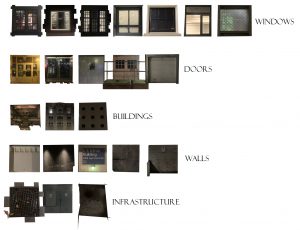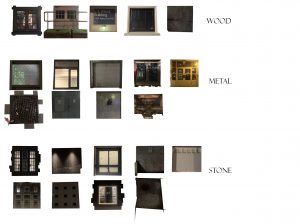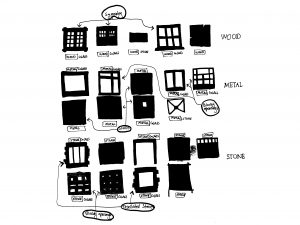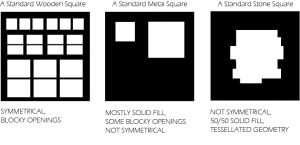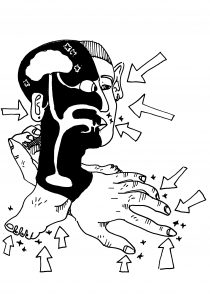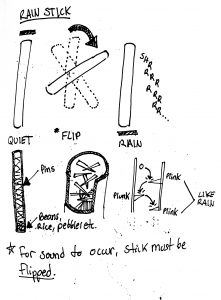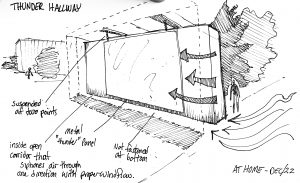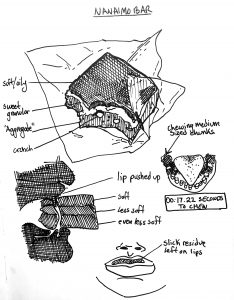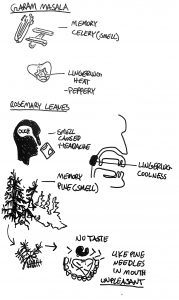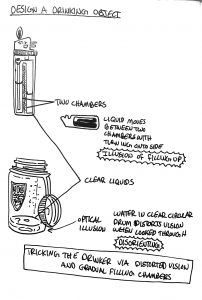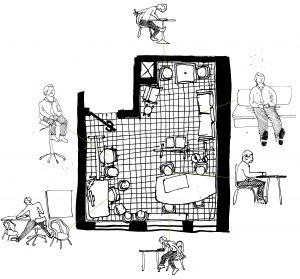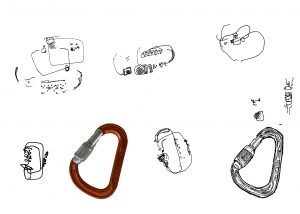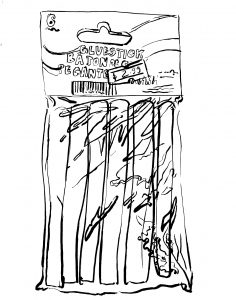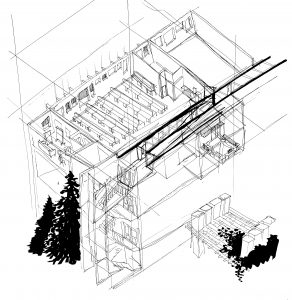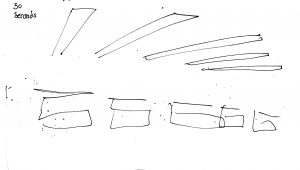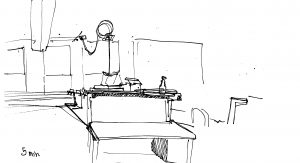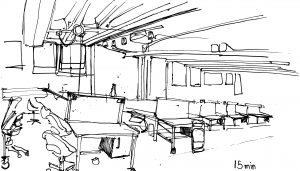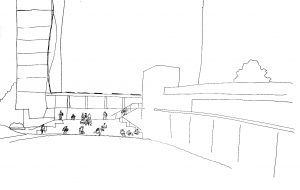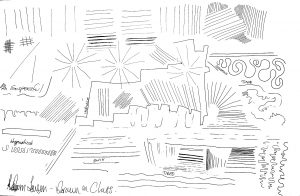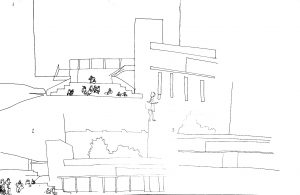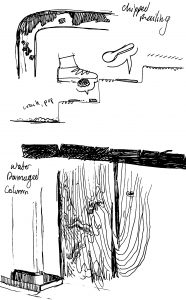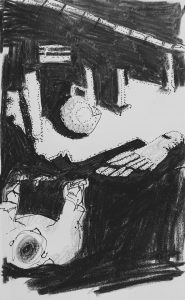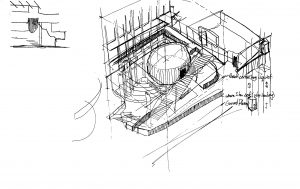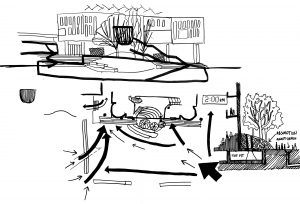
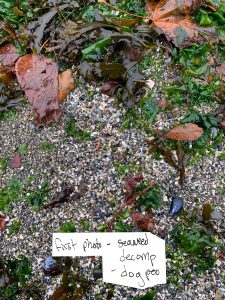
On a field trip with the class, I took photos and catalogued them in my sketchbook with what smells I was experiencing as I took them. To start off at the waters shore, I wrote how green and chlorophyllic all of the plant life smelled, as well as some other less pleasant associated smells. I also took note of how the smells reminded me of an old basement.
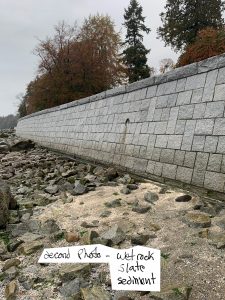
I was sure to smell the seawall and took note of how it smelt like sediments and wet stone.
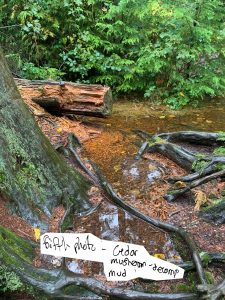
As the class moved deeper into Stanley Park, the environment changed drastically, and I was sure to document the overwhelming smell of fungi, mud, and cedar.

At home I began to map how I experienced the smells at the sites we visited. Starting with the shore, I wanted to show what I was thinking in relation to what was around me, therefore you can see my silhouette, in which is a family members basement. The shore was very mildewy and chlorophyllic which reminded me of a damp basement I had been in sometime when I was younger.
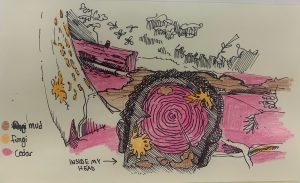
To visualize the intensity of smell while we were in Stanley Park, I represented the strength of each smell in my own head as compared to their sources around me. The smell of cedar was overwhelmingly strong, therefore the wooden element in my head is large. The smell of mud and fungi were secondary but still present, so their presence in my head is smaller. It is interesting to see the relationship between the actual physical quantity of elements producing smells compared to the strongest smells I experienced.


